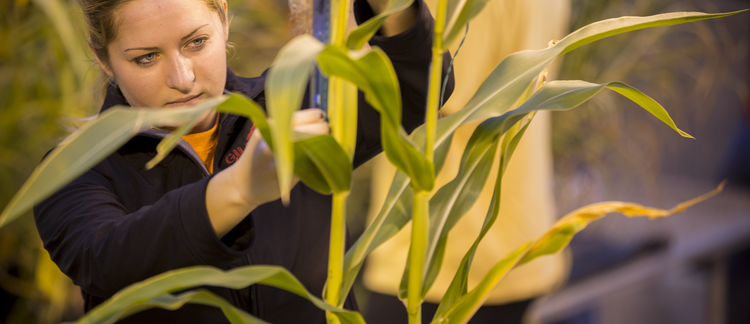Abstract
A long-term study has been conducted since 1979 to evaluate effects of various combinations of phosphorus(P) and potassium (K)fertilizer rates on soil-test values and grain yield of corn and soybeans grown in rotation. In 1979, the soil tested High for P (28 ppm,Bray-1 test) and borderline between Optimum and High for K (170 ppm, ammonium acetate test). The predominant soil is Kenyon loam and pH has been 6.2 to 6.8. Both crops are grown each year by alternating crops between two halves of the experimental area. Annual treatments consist of combinations of 0, 46, or 92 lb P2 O5/acre and 0, 72, or 144 lb K2 O/acre. Two other treatments (92 lb P2 O5/acre and 144 lb K2 O/acre) are applied every other year to corn or soybean. Granulated fertilizers(triple superphosphate and potassium chloride) are broadcast in the fall. Corn residue is chisel plowed in the fall, and both corn and soybean residues are disked or field cultivated in spring. Nitrogen rates of 150 to 180 lb N/acre are applied to all corn plots.
Keywords: Agronomy
How to Cite:
Mallarino, A. P. & Pecinovsky, K. T., (2007) “Long-Term Phosphorus and Potassium Fertilization of Corn and Soybean Grown in Rotation”, Iowa State University Research and Demonstration Farms Progress Reports 2006(1).
Downloads:
Download pdf
View PDF
246 Views
99 Downloads

